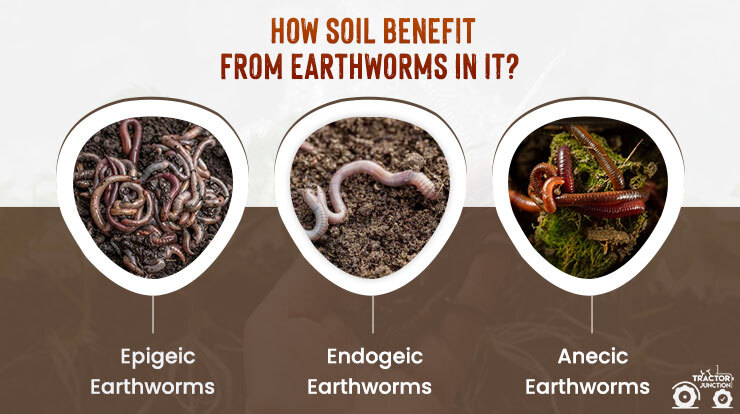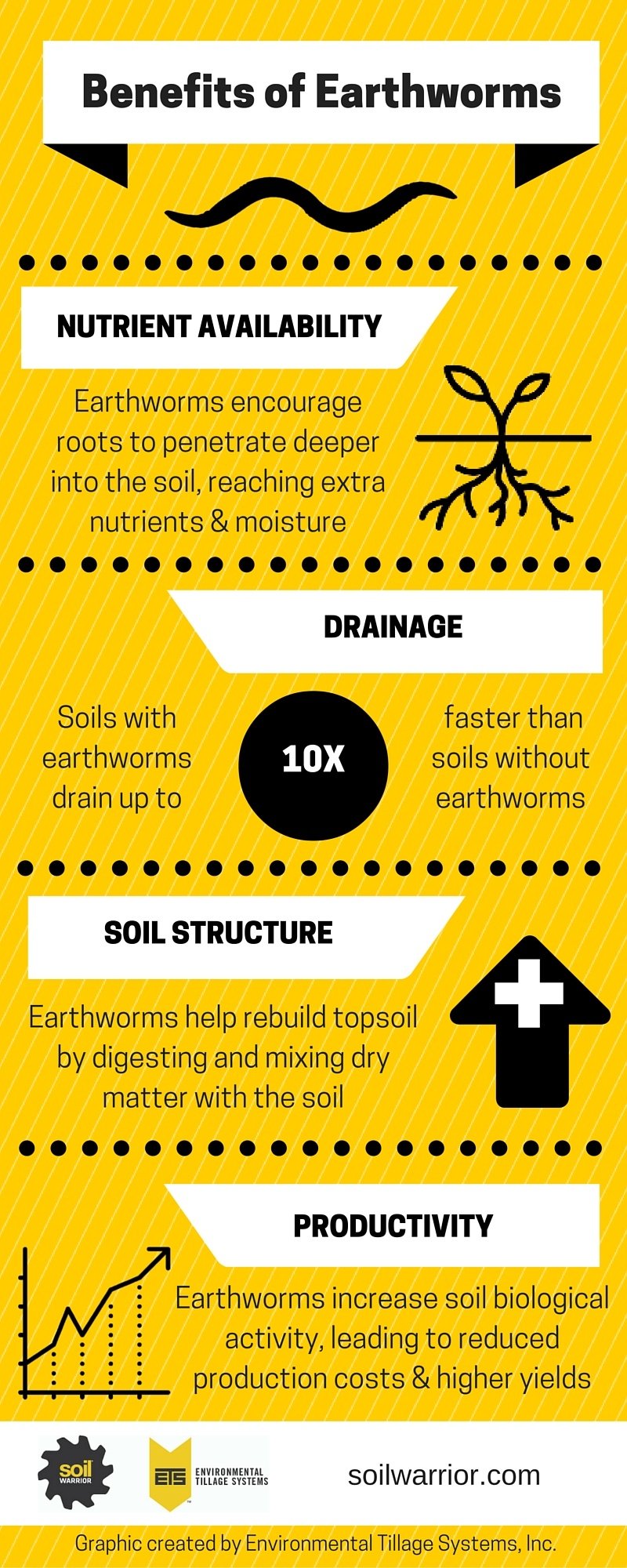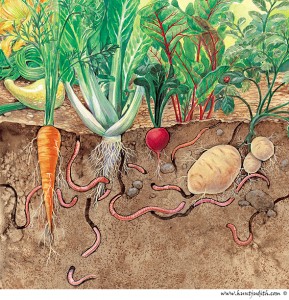The North Carolina Worms Diaries
Table of ContentsThe smart Trick of North Carolina Worms That Nobody is DiscussingThings about North Carolina WormsGetting The North Carolina Worms To WorkThe Definitive Guide for North Carolina Worms
Example: 1-gallon of worm spreadings to 4 gallons of potting mix. Do NOT use a potting mix that has chemical plant foods in it. Check out the labelit will certainly state. 1/2 mug in the bottom of the planting opening for smaller plants. 1 cup for bigger plants. ie. tomatoes, environment-friendly peppers, summertime squash, and the like.

The addition of tea can also include raised microbial biomass to your soil. You can constantly side-dress your plants with worm spreadings any time. Just remember, the microbes will pass away if revealed to UV rays (Sun), so make sure to cover the castings with an inch or so of dirt.
This frustrated them for years until the screening methods ended up being much better. It would get better(with more castings), degree off, and then decrease. Also numerous worm castings would increase the growth to a rate that the plant might not recoup from.
North Carolina Worms Fundamentals Explained
I have expounded the merits of worm spreadings for concerning 2000 words. Worm castings are no various. It takes time to create top quality worm castings.
Worm castings definitely cost more than chemical plant foods. Worm spreadings are on the less expensive end of organic fertilizers. (50 gallons per year) It is a much more difficult and extremely costly financial investment to generate big amounts of worm castings.

Actually, creating a healthy and balanced soil might be the best advantage of worm spreadings. Healthy soil was talked about and how important this has actually come to be to everybody. The leading ten benefits of worm spreadings were likewise presented. We reviewed worm castings NPK and additionally the appropriate nutrient analysis that need to relate to worm spreadings.
6 Easy Facts About North Carolina Worms Explained
Ultimately, we spoke about a few of the disadvantages connected with worm spreadings. I covered a great deal of material in this post. There are a great deal of web links (internal and outside). If you would certainly such as more information on a specific subject, please click via the web links to discover extra. As constantly, really feel totally free to comment or ask concerns.
The upright burrows are typically open, although the worms cover the leading with deposit and waste matter. Origins need oxygen for their growth, whereas they generate carbon dioxide that requires to leave the dirt.
Earthworms increase porosity by 2 devices: (1) by developing irreversible burrows, and (2) by enhancing soil aggregation. Aggregation is improved by the blending of soil and raw material in the earthworms' digestive tracts. Lake James Bait. These extremely stable accumulations are transferred by some earthworms in their burrows, and by others at the surface of the dirt


In an additional research study, earthworms were approximated to eat 4 to 10 percent of the leading 6 inches of the soil every year. This only mosts likely to reveal the enormous amounts of soil that can be refined by earthworms. Dirt compaction reduces the porosity of the soil. Since earthworms raise porosity, they lower the effects of compaction.
Unknown Facts About North Carolina Worms
Regular earthworm populaces can conveniently eat 2 lots of completely dry matter per acre per year, partly absorbing and blending it with dirt. The value of earthworms to blend surface area residue with dirt comes to be extremely clear in dirts that do not have any type of earthworms. The majority of our Pennsylvania dirts contend least some earthworms, and the effect of their full lack, for that reason, can not be noted.
They live mainly from partially broken down organic matter that is currently included in the dirt. They eat their method via the soil, creating straight burrows that they load with their excrement. These species ingest huge amounts of dirt that they blend with digested crop deposit in their guts. or anecic species stay in permanent vertical burrows that can be 5 or 6 feet deep.
These varieties consume significant amounts of soil that they blend with digested residue in their guts. Their waste matter is mainly deposited at the surface area of the soil.
Comments on “North Carolina Worms - An Overview”